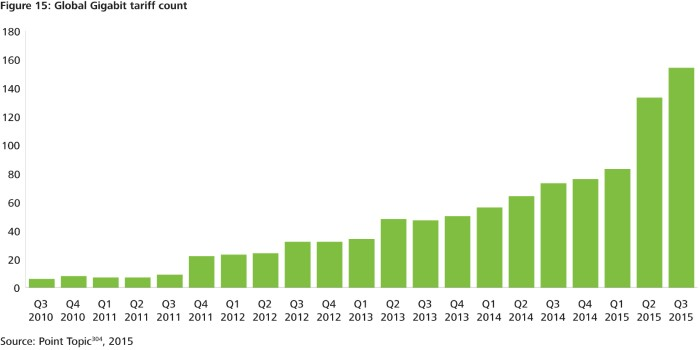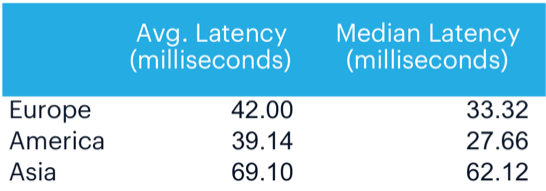We launched a beta version of our software a few weeks ago. Currently, Parsec makes it possible for PC gamers to play on their own machines remotely or access a cloud gaming machine that they set up in Amazon Web Services (AWS). In AWS, the gamer launches a graphics enabled GPU machine (g2.2xlarge) that runs our Amazon Machine Image (AMI). This AMI has all of the software required to play PC games on these instances. Part of our research into the viability of cloud gaming included understanding what the network latency and average bandwidth would typically be from 100s of users located around the globe trying to connect to their AWS region. Every millisecond in cloud gaming has an impact on gameplay, but if the latency is below a threshold, it is unnoticeable to most people. Additionally, cloud gaming requires that the streaming video arrives without buffering (buffering would add latency). As a result, high quality video requires a lot of bandwidth, especially when the game video is changing a lot.
Bandwidth Continues To Improve
The FCC is now mandating that “Advanced Broadband” internet have a minimum downlink of 25 Mbps. They recently found that 83% of the US population (92% of the urban population) now have access to this Advanced Broadband. Additionally, Deloitte recently predicted that 600 million subscribers globally would have access to internet supporting Gbps connections by 2020.
Deloitte — Number of Gbps connections available globally
Although our sample size is very small at this point, it looks like the median gamer in our user base is exceeding the FCC mandated 25 Mbps (both globally and in the United States). The median Parsec user has 45.69 Mbps of bandwidth available when making a connection. Outliers on the high-end due to Gbps internet cause the average bandwidth available to be much higher (70.04 Mbps). Although we have a high concentration of users in America, we also have users making connections in Asia and Europe.
Bandwidth Is Half Of The Equation — Latency Is More Important
Network latency plays a significant role in the viability of cloud gaming. As a result, it’s important for us to monitor the total network latency a user is experiencing on Parsec. One of the benefits of working with AWS is that they have a global footprint of data centers.
AWS global footprint
Parsec has a total encode and decode latency of approximately 10 milliseconds (depending on your machine). You can read about the technology behind our software here. This means that any additional latency is the result of the network. AWS has invested a significant amount of resources to ensure that the routing to their data centers is optimized, but the last mile (the ISPs) is where most of the latency is added. For now, the only companies that can change this are the local ISPs.
Maps of the internet backbone in the United States — AWS data centers typically sit at the nodes.
Parsec’s median customer’s average latency to AWS in the United States (including the last mile and wifi latency) was 27.66 milliseconds. Across the entire world, it’s slightly higher at 30.47 milliseconds.
The Internet Is Ready For Cloud Gaming
With this latency and bandwidth availability, cloud gaming has the potential to replace many of the more traditional methods for PC gaming. As the internet continues to improve and more data centers are added to the AWS footprint, everyone in the world will be close enough to a GPU machine that they won’t have to buy one for the majority of their gaming needs.








